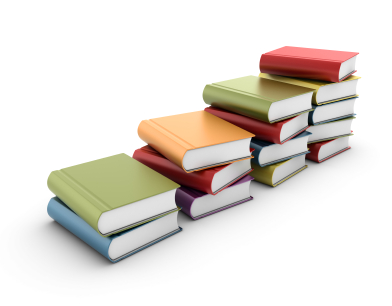 The current science National Curriculum (2013) aims to ‘allow schools and teachers greater freedom to create an appropriate and ambitious curriculum’, (DfE, 2013).
The current science National Curriculum (2013) aims to ‘allow schools and teachers greater freedom to create an appropriate and ambitious curriculum’, (DfE, 2013).
Whether a school delivers science as a discrete subject, through a thematic / creative approach or in condensed blocks, it can be tailored to the needs and interests of the pupils. More importantly, when delivered effectively, science can give pupils the opportunity to take ownership of their own learning, exploring their own scientific questions.
Teachers in the primary sector are expected to be experts in all areas of the curriculum. Not only is this an unrealistic expectation, it does not support teachers to be creative and innovative, in case they get things wrong. This is especially true for a subject like science, in which it is important to identify children’s misconceptions to ensure the learning and acquisition of new concepts is accurate.
As a result, there are two options. The first is to follow a pre-written scheme of work, which will ensure that the curriculum is thoroughly covered and the attainment targets achieved - the safe option, some may argue.
The second is to develop autonomous schemes of work, sharing expertise and ideas, and adapting resources to suit our class. Any teacher will tell you, no resource is perfect, but they provide a starting point and can be adapted to the outcome of the lesson or for the children who will use them.
With over ten years experience teaching primary science to all year groups, some of my most successful and enjoyable lessons have used other teachers’ ideas. I have been so thankful to those teachers who have spent hours developing resources related to British Bake off (to demonstrate chemical changes), the Minions (to set the scene for separating solids and liquids) or Dragon’s den (to inspire invention and justify properties of materials). Not only would I not have thought of the idea to deliver a science concept in such a creative way, I would never have had time to create such useful materials with the constraints of parents evenings, marking and the million other tasks on a teacher’s to-do list.
In reverse, there are areas of the science curriculum I have studied at a higher level. It is these areas in which I have enjoyed spending time developing presentations, activities and consolidation quizzes. I have turned science news articles into guided reading activities, and key vocabulary into bookmarks. Not only have I been flattered when other teachers have been able to use them, but I have found their feedback invaluable in improving my own practice.
The STEM resource collections provide the perfect opportunity to develop a culture of sharing resources, reviewing and developing learning ideas that will allow each and every science curriculum to maintain and inspire curiosity and creativity of both pupils and teachers. I know every teacher has resources that they are proud of, but others that they have put together with two minutes to spare at the photocopying machine.
Together, we can ensure that we become proud of all the teaching material we use. So what are you waiting for? Get sharing, trying, reviewing, adapting and ENJOYING science!
Amy Strachan, Senior Lecturer in Primary Science Education, St Mary’s University, Twickenham, London.
DfE (2013) Reform of the national curriculum in England. Report of the consultation conducted. April 2013.

